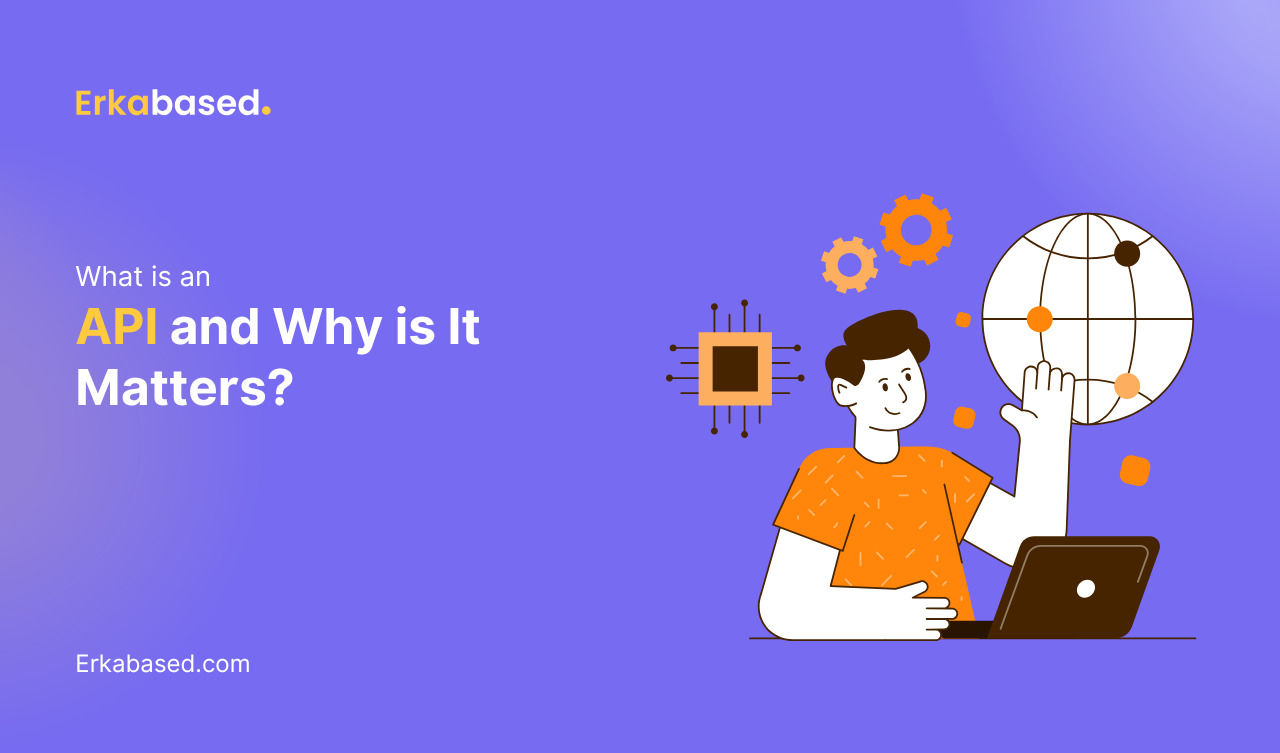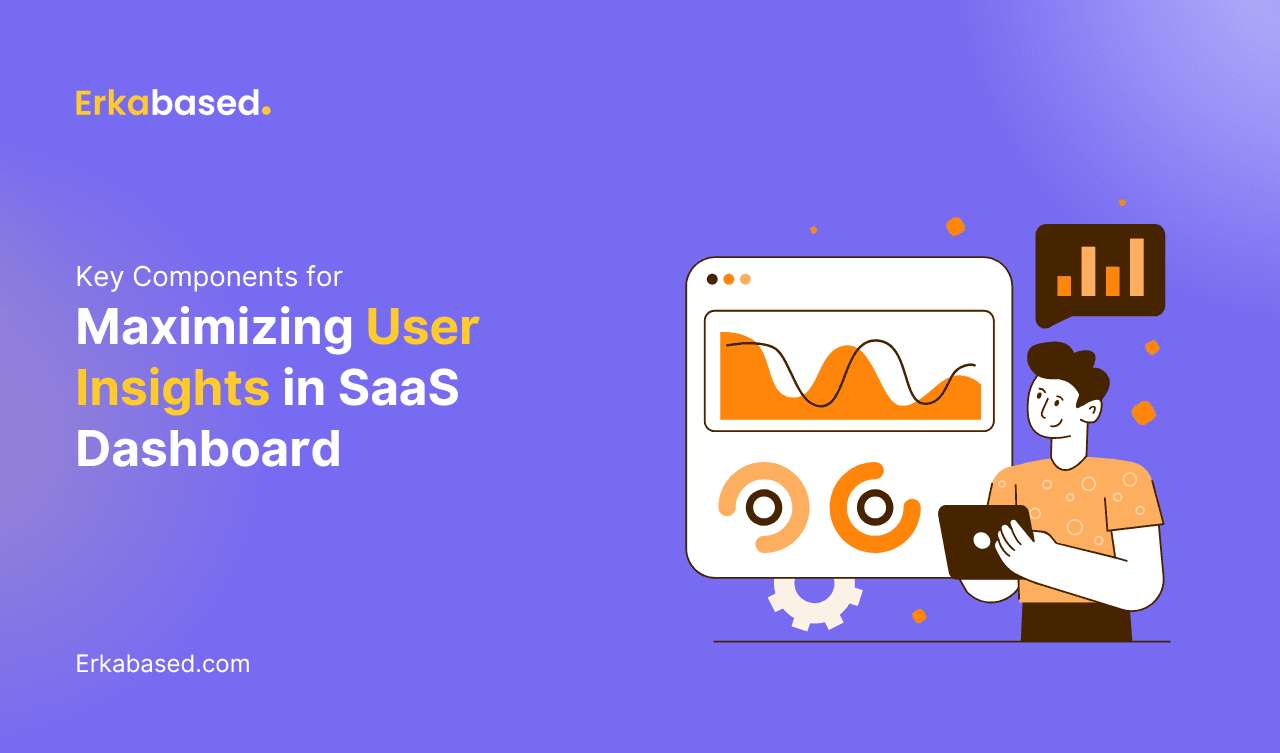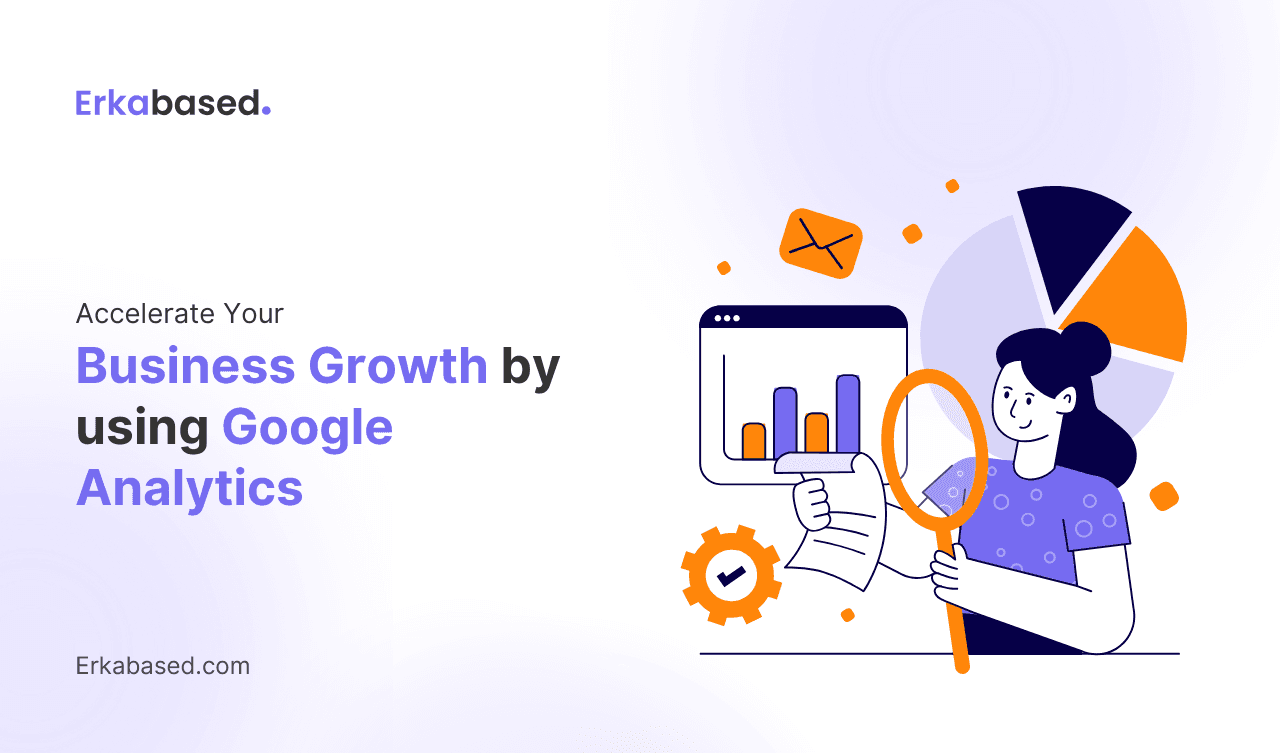Introduction
In today’s digital world, the term API (Application Programming Interface) is more than just a technical buzzword. It’s a fundamental building block that enables communication between software applications, making it crucial for businesses that rely on software solutions, web platforms, and mobile applications. Whether you're exploring ways to integrate multiple systems, automate workflows, or enhance user experience, understanding how APIs work is vital to your business's success.
This article breaks down what an API is, how it operates, and why it’s essential for your business. We’ll explore real-world examples of how APIs are used, and show you how embracing API-driven architecture can streamline your operations and enhance customer satisfaction.
What Is an API?
At its core, an Application Programming Interface (API) is a set of rules that allow different software applications to communicate and share data with each other. APIs act as intermediaries, making it easier for different systems to exchange information without needing to know the complexities behind each system.
Think of an API like a waiter in a restaurant. The waiter takes your order (request), delivers it to the kitchen (server), and brings the food (response) back to your table. In this analogy, the customer, kitchen, and waiter represent different software applications, with the waiter acting as the API that facilitates communication.
In practical terms, an API allows your website or application to access services, data, or functionality from another system without exposing the inner workings of that system. APIs can handle everything from retrieving data, updating records, or executing commands, all through a well-defined interface.
How Do APIs Work?
APIs function by sending requests and receiving responses, allowing applications to interact in a structured, standardized manner. Here’s a step-by-step breakdown of how this interaction happens:
The Request
When an application needs data or services from another system, it sends an API request. This request includes:
- Endpoint: The specific URL where the request is sent.
- HTTP Method: The type of action to be performed (e.g., GET to retrieve data, POST to submit data, PUT to update data, DELETE to remove data).
- Headers: Information about the request (e.g., authentication details).
- Parameters: Specific details about what the application is requesting (e.g., a user ID).
Processing the Request
Once the request reaches the server, the API processes it. This involves:
- Validating the request.
- Interacting with the necessary data or services (e.g., querying a database, executing a function).
- Preparing the appropriate response.
The Response
After the request is processed, the server sends back a response, which typically includes:
- Status Code: Indicates the outcome of the request (e.g., 200 for success, 404 for not found, 500 for server errors).
- Response Body: The data requested or the result of the action, typically in JSON or XML format.
- Headers: Metadata about the response (e.g., content type).
Displaying the Results
Finally, the application that initiated the request processes the response and displays the results or performs further actions based on the data received. For example, a weather app might request the current temperature for a given location and then display it on the user interface.
Types of APIs
APIs come in different types depending on their use case and the level of access they provide. Understanding these types helps businesses choose the right API for their needs.
Open APIs (Public APIs)
Open APIs are accessible by any developer or business without restrictions. They’re widely used to integrate third-party services into applications, such as social media login features or payment gateways.
Internal APIs (Private APIs)
Internal APIs are designed for use within an organization, allowing different systems or teams to connect and share data without exposing the API to external parties. These APIs help streamline internal processes and enable more efficient workflows.
Partner APIs
Partner APIs are shared between businesses and their partners, allowing for controlled access to certain data or services. For example, a logistics company may share an API with retail partners, allowing them to track shipments in real time.
Composite APIs
Composite APIs allow an application to access multiple endpoints in a single call. This is particularly useful when a process requires data from several sources, reducing the number of requests needed and improving performance.
Real-World Examples of API Usage
APIs are everywhere, powering some of the most commonly used applications and services. Here are a few real-world examples of how APIs are utilized in different industries:
E-commerce
APIs play a crucial role in e-commerce platforms. For example, when a customer makes a purchase, the platform communicates with payment gateways (like PayPal or Stripe) through APIs to process the transaction. APIs also allow retailers to integrate with logistics partners for real-time tracking and updating of shipping information.
Social Media Integration
When websites allow users to log in using their social media credentials (such as "Log in with Facebook"), they’re using APIs. The website sends a request to the social media platform’s API, which verifies the user’s credentials and returns the necessary information to log in.
Travel and Hospitality
In the travel industry, APIs allow booking platforms to display up-to-date flight, hotel, and car rental availability. Travel sites aggregate data from multiple airlines, hotels, and other services using APIs, providing users with real-time information.
Financial Services
Banks and fintech companies use APIs to integrate services such as payment processing, fraud detection, and account verification. APIs also allow users to link multiple accounts to financial apps, enabling seamless transactions and account monitoring.
The Benefits of APIs for Your Business
APIs provide several key advantages that make them essential for businesses looking to streamline operations, enhance customer experiences, and stay competitive.
Improved Efficiency and Automation
APIs eliminate the need for manual data exchange between systems. By automating the transfer of data or execution of tasks, businesses can save time, reduce errors, and improve efficiency. For example, APIs can automate the process of generating invoices, tracking inventory, or updating customer records.
Faster Time to Market
APIs allow developers to leverage existing tools and services, reducing the need to build features from scratch. By integrating third-party services such as payment gateways, email marketing platforms, or customer support tools via APIs, businesses can roll out new features and products faster.
Scalability and Flexibility
With APIs, businesses can scale operations easily by adding new services, expanding integrations, or connecting with additional platforms. As your business grows, APIs provide the flexibility to connect with more complex systems, ensuring that your digital infrastructure can keep pace with demand.
Enhanced User Experience
By integrating APIs that provide personalized services (e.g., recommendations, payment methods, or real-time data), businesses can create a more seamless and engaging user experience. For instance, using APIs for location services or product recommendations can enhance how customers interact with your platform, leading to higher satisfaction and loyalty.
Innovation Through Integration
APIs encourage innovation by allowing businesses to combine different tools, technologies, and platforms to create unique solutions. Whether you want to integrate artificial intelligence (AI) services, use data analytics platforms, or create a custom mobile experience, APIs provide the foundation to innovate without rebuilding your systems from scratch.
Challenges to Consider When Implementing APIs
While APIs bring numerous benefits, their implementation requires careful planning to avoid potential challenges. Here are a few important considerations:
Security Risks
APIs can expose sensitive data, making them a target for cyberattacks. To mitigate these risks, it’s critical to implement strong security measures such as token-based authentication (OAuth), data encryption, and strict access control.
Performance Monitoring
As APIs facilitate communication between systems, any slowdown or failure in an API can affect the overall performance of your application. Regular monitoring and performance optimization are necessary to ensure API calls are handled efficiently and don’t lead to delays or crashes.
Version Management
APIs evolve over time, and managing different versions is essential to avoid breaking changes for users who depend on them. Proper versioning practices ensure that updates or changes to APIs don’t disrupt the systems that rely on them.
Complexity in Integration
While APIs simplify data exchange, integrating multiple APIs from different providers can introduce complexity. Ensuring compatibility between various systems, maintaining documentation, and managing dependencies are critical for a smooth API implementation.
Conclusion
In the fast-paced digital era, APIs are indispensable tools for businesses seeking to innovate, streamline operations, and deliver exceptional user experiences. Whether you’re looking to improve internal workflows, connect with third-party services, or offer enhanced features to your customers, APIs offer the flexibility and scalability to meet your goals.
At Erkabased, we specialize in building and integrating customized API solutions tailored to the specific needs of your business. With our expertise, we can help you unlock the full potential of APIs to boost efficiency, drive innovation, and enhance customer satisfaction. Contact Erkabased today to learn how we can support your business’s digital transformation through API integration.



